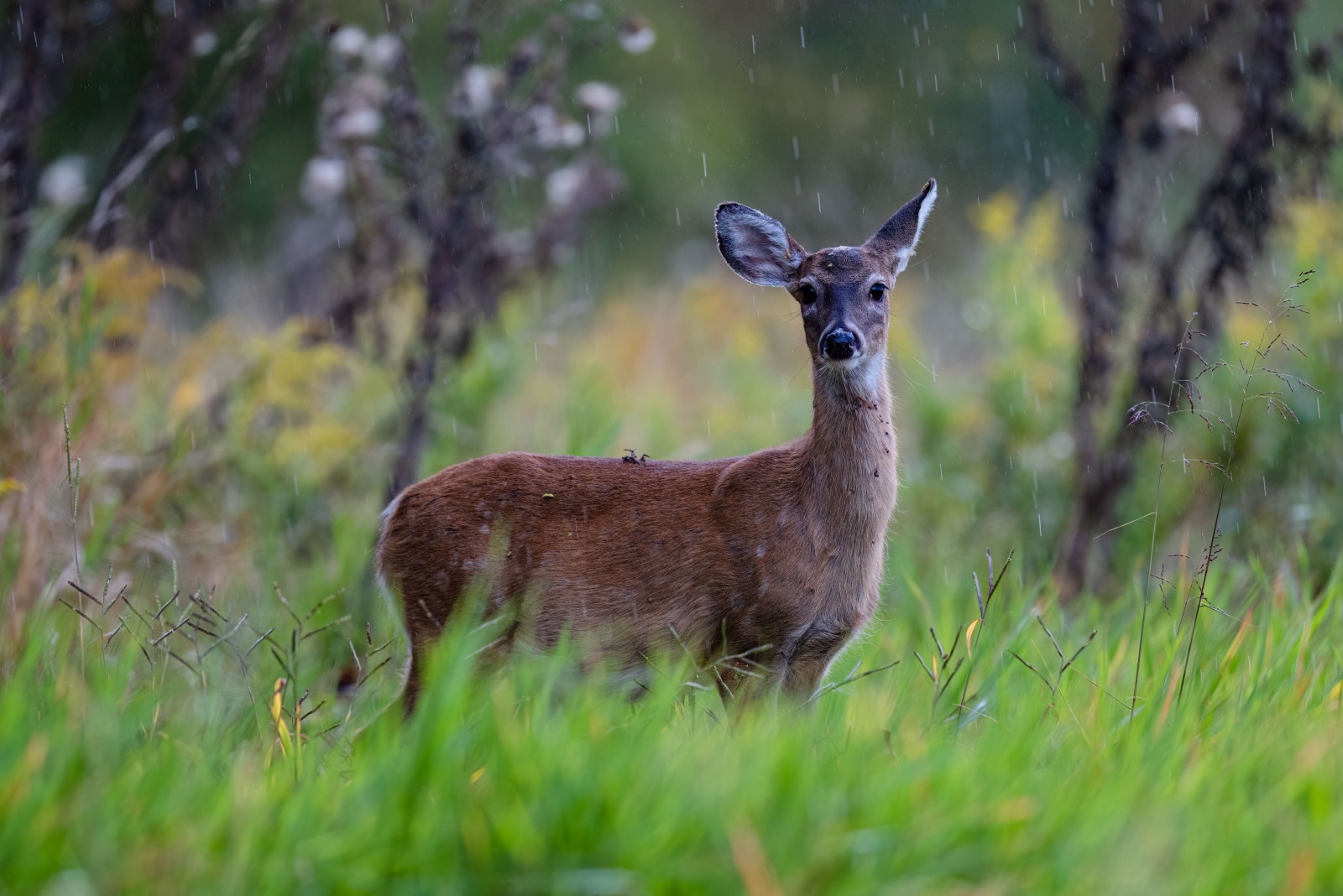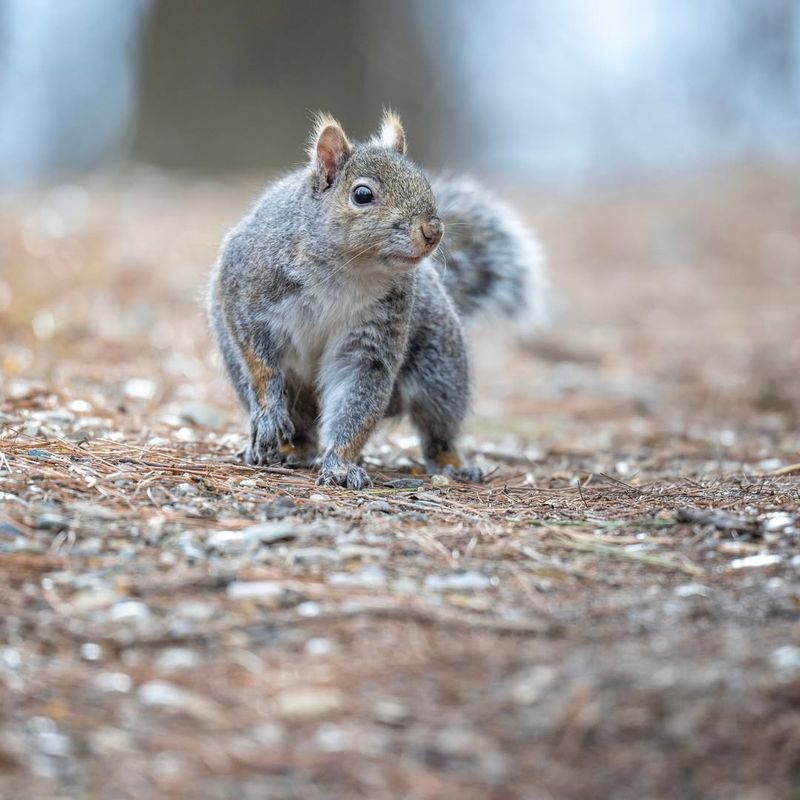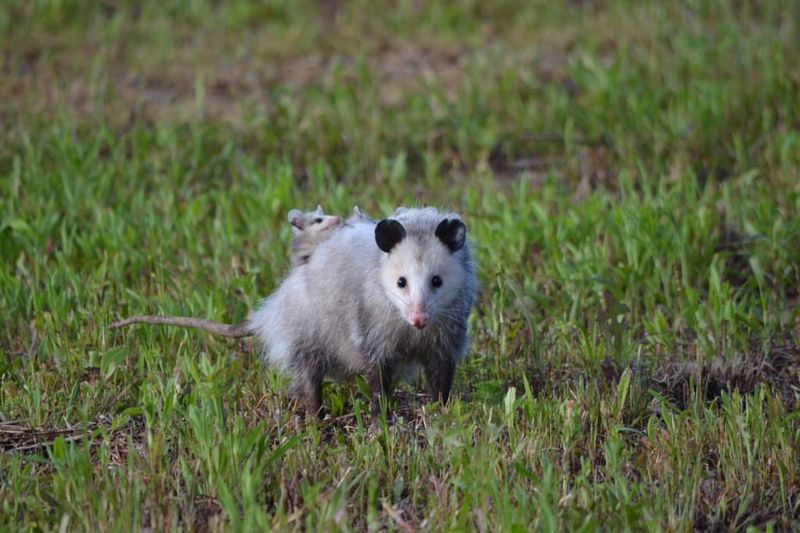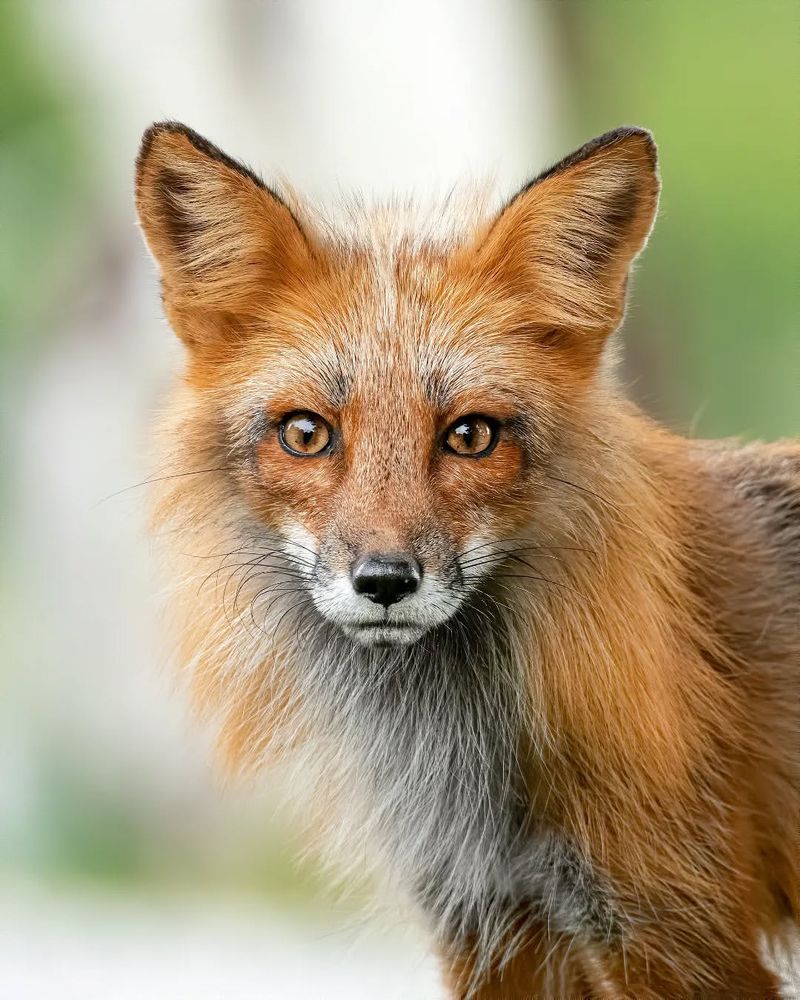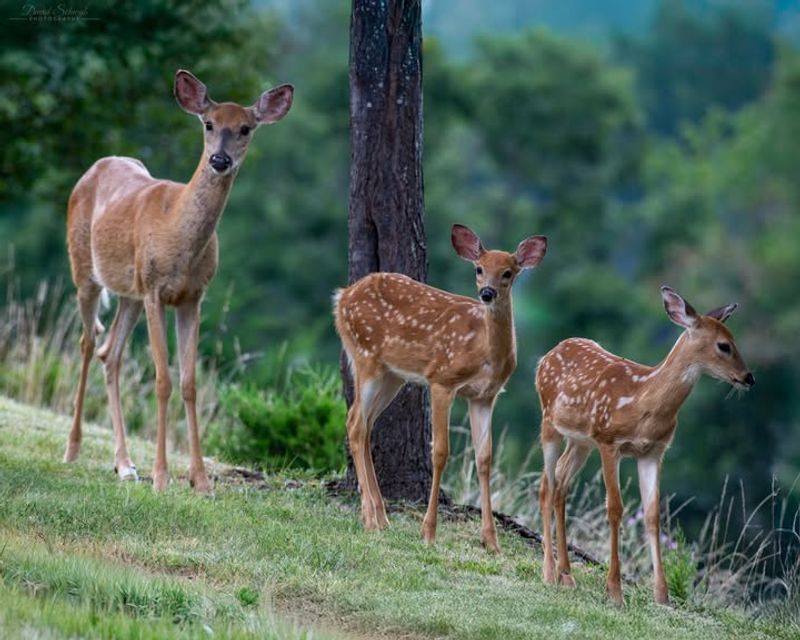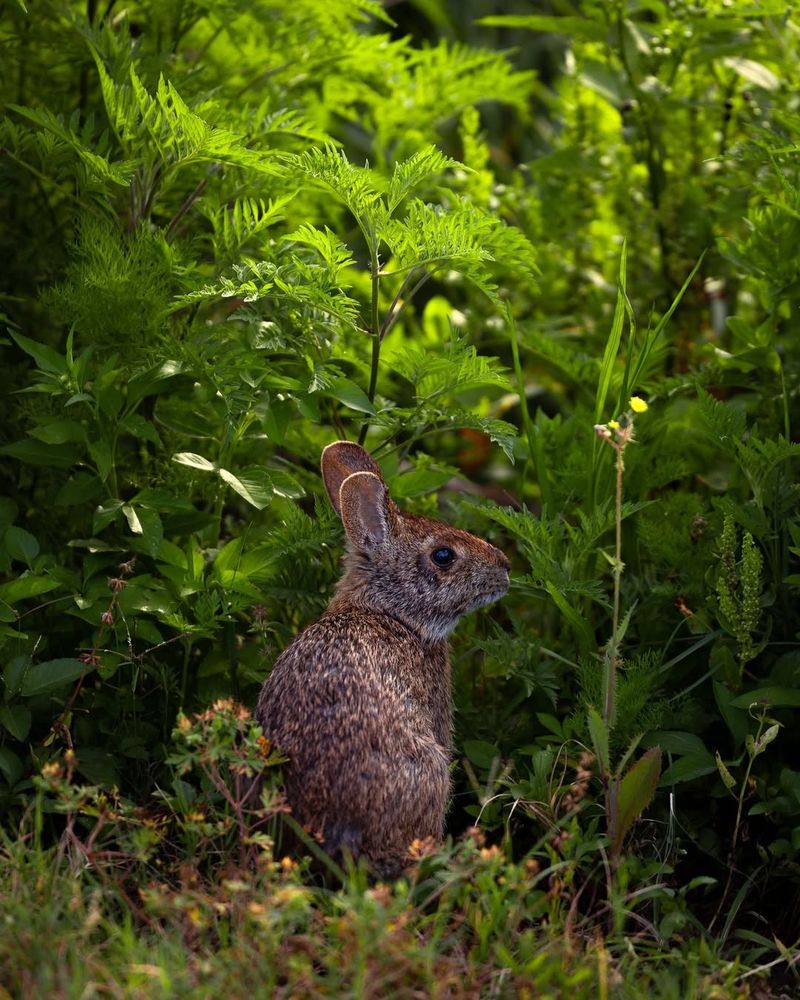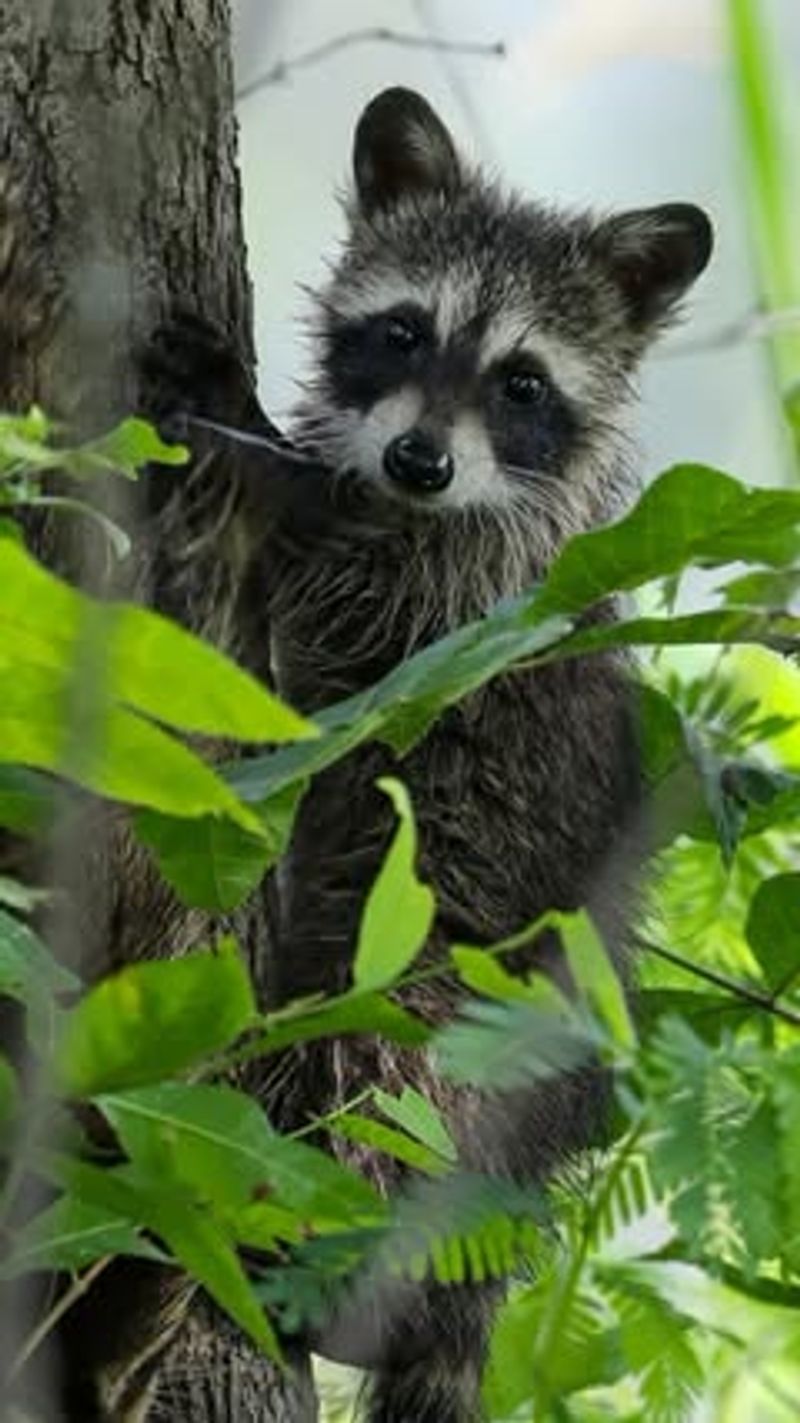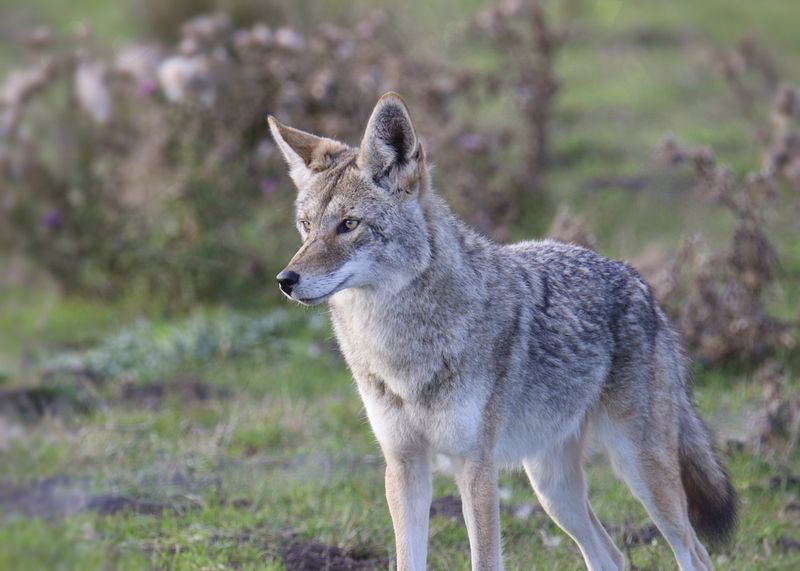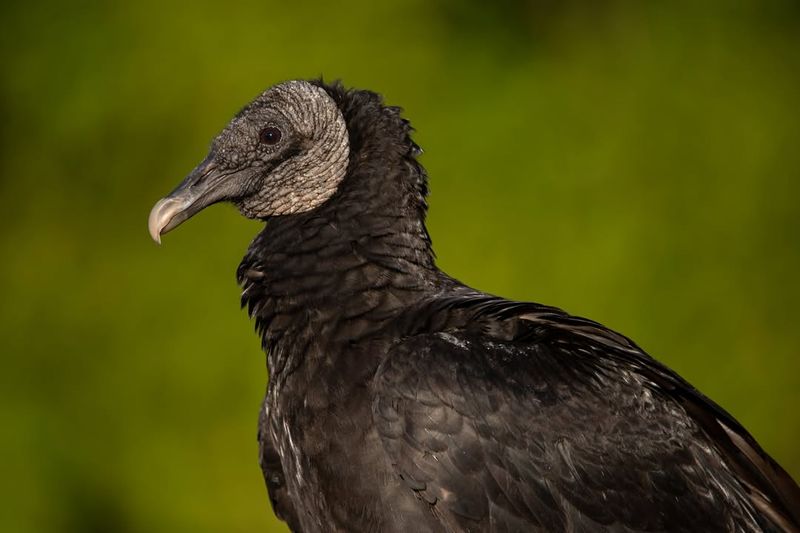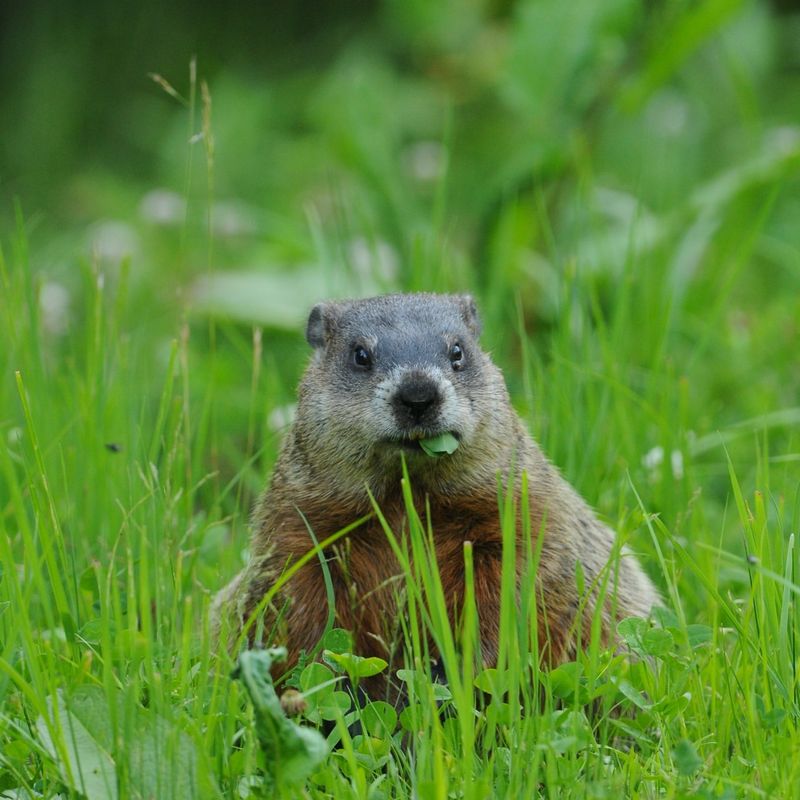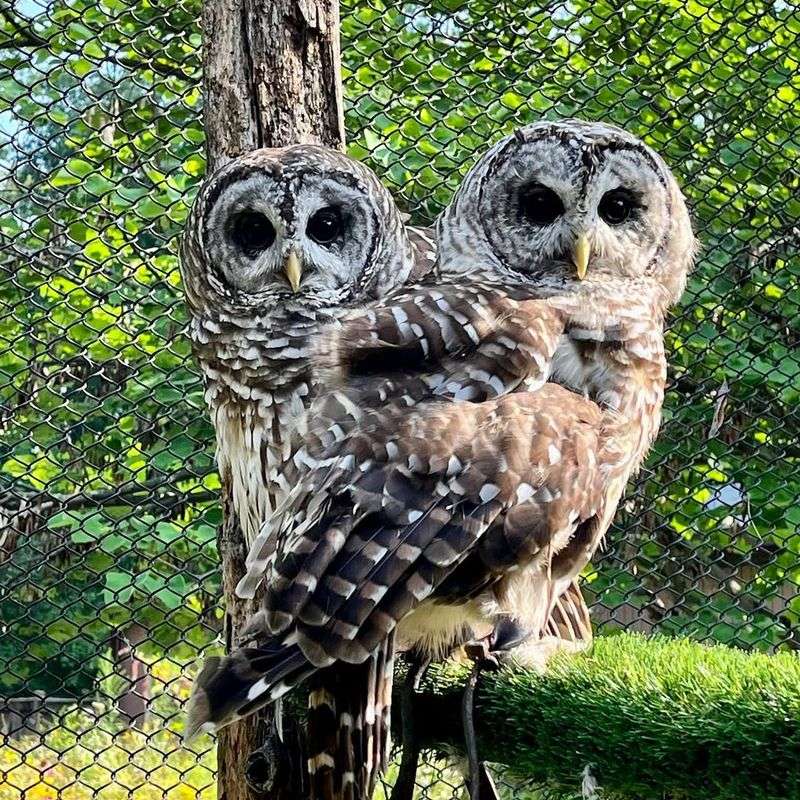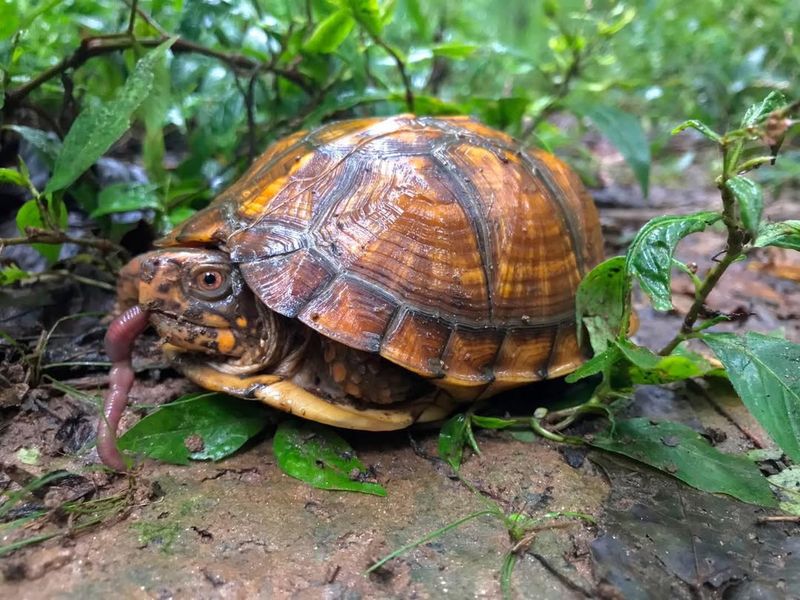Virginia’s cities and suburbs are alive with more than just human activity. Wildlife has quietly woven itself into our neighborhoods, adapting in clever ways to urban life. From raccoons digging through trash to foxes trotting down sidewalks, these animals know how to navigate our world.
They’re not just passing through—they’re settling in. I’ve learned to look twice when I step outside. You might be surprised by what’s hiding in your backyard, watching from the shadows or nesting in the trees.
1. Eastern Gray Squirrels
Watch any Virginia park for five minutes and you’ll spot one. These bushy-tailed acrobats have mastered city life, leaping between power lines and raiding bird feeders with impressive determination.
Their nests, called dreys, often appear as leafy clumps high in oak trees. During fall, they frantically bury acorns everywhere, forgetting most locations and accidentally planting future forests.
If you’re tired of squirrel raids, try using baffles on feeders or offering them their own feeding station away from bird food.
2. Virginia Opossums
North America’s only marsupial waddles through Virginia neighborhoods after dark, searching for insects, fallen fruit, and garbage scraps. Their rat-like tails and hissing defenses make them seem scary, but they’re actually harmless tick-eating machines.
A single opossum can devour thousands of ticks each season, helping reduce Lyme disease risks. When threatened, they sometimes faint into a coma-like state—the famous “playing possum.”
Leave them alone and they’ll move on quickly, usually within a few nights of passing through your yard.
3. Red Foxes
Sleek and surprisingly bold, red foxes have become regular city dwellers across Virginia. Their rusty coats and black leg markings make them easy to identify as they hunt rabbits, mice, and even insects in parks and yards.
Foxes are mostly active at dawn and dusk, though you might catch them sunbathing during quiet afternoons. They communicate with eerie screams that sound almost human, especially during mating season in winter.
Secure your chicken coops and don’t leave pet food outside if you want to discourage visits.
4. White-Tailed Deer
Nothing says “Virginia suburb” quite like a deer munching your hostas at dawn. These graceful browsers have exploded in population, thanks to fewer predators and abundant garden buffets.
Bucks grow impressive antlers each year, shedding them in winter and regrowing them in spring. Does often birth spotted fawns right in residential areas, hiding them in tall grass while they forage nearby.
Fencing, motion-activated sprinklers, and deer-resistant plants like lavender can help protect your landscaping from their constant grazing habits.
5. Eastern Cottontail Rabbits
Hop, hop, nibble—cottontails are everywhere in Virginia, from city parks to flower beds. Their white puffy tails flash like warning signals as they bounce away from danger.
These rabbits breed incredibly fast, producing multiple litters each year with up to six babies per batch. They create shallow ground nests lined with fur, often hidden in plain sight under bushes or garden edges.
Chicken wire fencing around vegetable gardens works wonders if you’re tired of finding half-eaten lettuce and chomped carrot tops every morning.
6. Raccoons
Those tiny hand-like paws can open latches, unscrew lids, and tear through supposedly raccoon-proof containers. Virginia’s masked bandits are brilliant problem-solvers who treat garbage cans like all-you-can-eat restaurants.
Raccoons wash their food in water when possible, giving them their scientific name Procyon lotor, meaning “washer.” They’re mostly nocturnal, though hungry mothers sometimes forage during daylight hours.
Secure trash with bungee cords, remove pet food at night, and seal potential den sites under decks to reduce unwanted visits.
7. Coyotes
Coyotes have quietly moved into Virginia cities over the past two decades, adapting remarkably well to human landscapes. Smaller than wolves but larger than foxes, they hunt rodents, rabbits, and occasionally raid trash bins.
Their haunting howls and yips echo through neighborhoods at night, especially when packs reunite or mark territory. Despite scary stories, attacks on humans are extremely rare—they’re naturally wary and prefer avoiding people.
Keep small pets indoors at night, don’t leave food outside, and never approach or feed coyotes you encounter.
8. Black Vultures
Circling overhead or perched on rooftops, black vultures have become common sights in Virginia towns. Their bald, wrinkled heads and dark plumage make them look ominous, but they’re nature’s cleanup crew, feeding exclusively on carrion.
Unlike turkey vultures, black vultures hunt by sight rather than smell and often travel in family groups. They sometimes damage roofs, cars, or lawn furniture while roosting, causing headaches for homeowners.
Scare tactics like noisemakers and visual deterrents can encourage them to roost elsewhere without harming these protected birds.
9. Groundhogs (Woodchucks)
Chunky and surprisingly fast, groundhogs dig extensive burrow systems under sheds, porches, and garden edges throughout Virginia. These oversized rodents can excavate tunnels up to 30 feet long with multiple entrances.
They’re herbivores who love clover, dandelions, and garden vegetables, often wiping out entire rows of beans or lettuce overnight. In February, Punxsutawney Phil gets all the attention, but your local groundhog is busy sleeping through winter.
Fill abandoned burrows with gravel and dirt, and install barriers at least a foot underground to prevent new excavations.
10. Barred Owls
“Who cooks for you? Who cooks for you-all?” That distinctive call echoing through Virginia neighborhoods belongs to barred owls. These large, round-headed hunters have adapted beautifully to suburban life, nesting in mature trees and hunting rodents in parks and yards.
Their dark eyes distinguish them from other owl species, and their silent flight makes them deadly efficient predators. They sometimes hunt during overcast days, not just at night.
Leaving dead trees standing (when safe) provides natural nesting cavities these owls desperately need in developed areas.
11. Eastern Box Turtles
Slow and steady wins the race, especially if you’re a box turtle crossing Virginia lawns and gardens. These dome-shelled reptiles can live over 100 years, often spending their entire lives within just a few acres.
Their hinged bottom shell closes completely, creating a protective box when threatened. They eat mushrooms, berries, insects, and worms, playing important roles in seed dispersal and pest control.
If you find one crossing roads, move it in the direction it was heading—never relocate turtles far from their home territory or keep them as pets.

